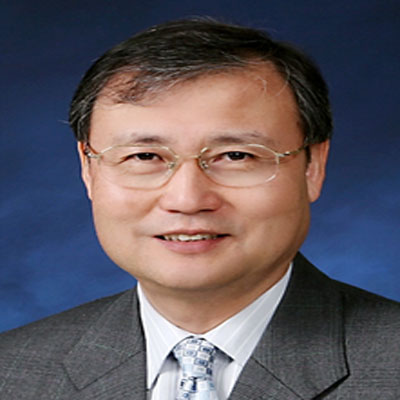Dr. Byeong Jae Lee
ProfessorSeoul National University Hospital, South Korea
Highest Degree
Ph.D. in Molecular Genetics from Seoul National University Hospital, South Korea
Share this Profile
Highest Degree
Ph.D. in Molecular Genetics from Seoul National University Hospital, South Korea
Share this Profile
